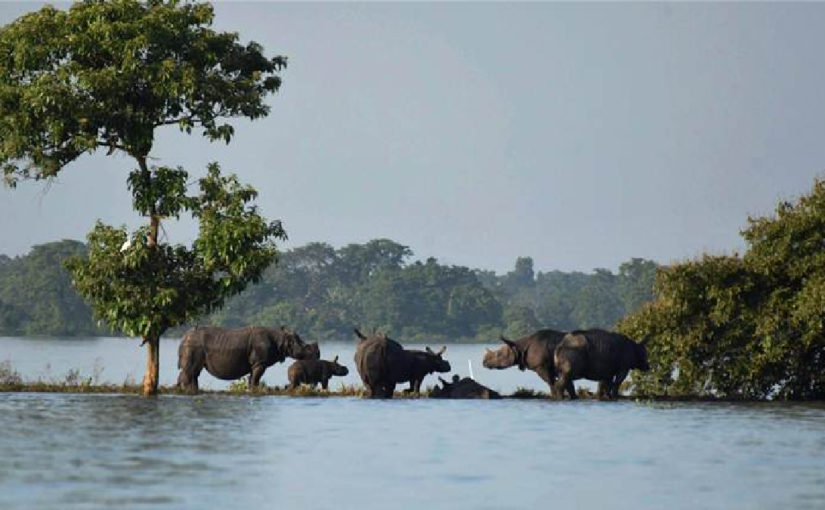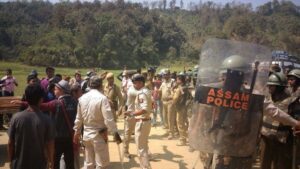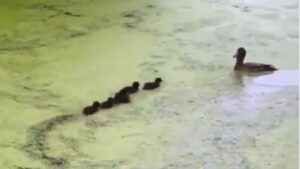Assam: Every year due to floods animals take refuge in nearby hills, a conflict between human and wildlife happen in the process of migration while many die due to drowning.

Assam: Kaziranga National Park
Assam: More than 100 animals including 11 rhinos have lost their lives due to severe flood in Kaziranga national park. The park is home to at least 2,400 one-horned rhinos, the biggest habitat for the species in the world. Every year due to floods animals take refuge in nearby hills, a conflict between human and wildlife happen in the process of migration while many die due to drowning. At present 90 per cent of the park is inundated by floodwater. According to the director of the national park P. Sivakumar animals have been shifted to a safer place while 116 animals have already died in flood.
Even though animals die, an annual flood is necessary for Kaziranga to survive. According to park director P. Sivakumar Kaziranga is a riverine ecosystem and the river helps in cleaning the grassland and more nutrition is added to the grassland with every flooding, and therefore Kaziranga has one of the most healthy grasslands.
Before 1950, when a flood in Assam was not as severe as now, it was seen as a boon for the Assamese community. The flood would replenish the crops and promote the growth of new grasslands. But over the years flood has proven to be more destructive than constructive.
Read More: Vikas Dubey Encounter Case: SC approves inclusion of former judge
Dr. Rathin Burman, Joint Director of Wildlife Trust of India (WTI) says that flood is important for the national park. But in the past, such massive floods would happen only once in every ten years. However, now it occurs almost every year. According to the joint director, it is probably due to some problem upstream.
As the entire landmass of Kaziranga is formed by alluvial deposits from the Brahmaputra and its tributaries, the park is a floodplain ecosystem which won’t survive without water. The flood also replenishes water bodies and wetlands in Kaziranga. It also regenerates grasslands and semi-evergreen deciduous forests. The park becomes a breeding ground for fishes during flood situations and they are carried away to the Brahmaputra when the flood recedes. In a way, the park replenishes the river’s stock of fish.
P Sivakumar also said that the floodwaters also help get rid of unwanted plants such as water hyacinth which collect in huge masses in the landscape. Without the floods, the grassland status would not be maintained and the park would become a woodland.



















